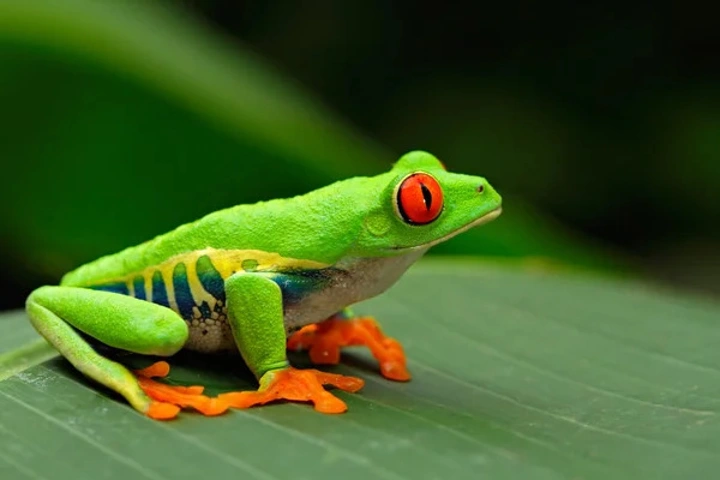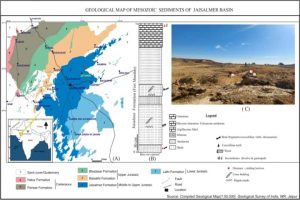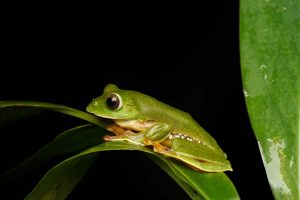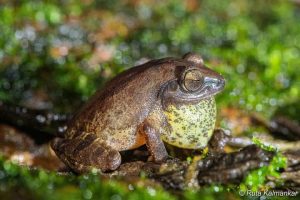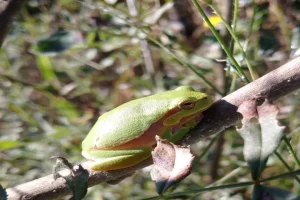The asteroid which was 10 kilometres in diameter struck the seas of the Yucatan Peninsula 66 million years ago and caused upheavals of gigantic proportions. It made the world shake while the debris falling from the sky made the planet hot as an oven.
Following the event, the “impact winter” for the next three years virtually made photosynthesis come to a halt and temperature to fall. In these adverse circumstances, as per a report in smithsonianmag.com while the mighty dinosaurs, mammals, lizards and other beings got wiped out, many of the frogs survived.
Describing this “high resilience of frogs to the last mass extinction” as a mystery, Anderson Feijó, a biologist at Chinese Academy of Sciences and others decided to study it. Their research was published in Climate Change Ecology and it surmised that those frogs who survived the destruction were neither too small nor big but of the right size.
The reason why these medium-sized frogs fared better could be attributed to the physiology of these amphibians. For example, these creatures need to remain moist to survive. Those which are very small absorbed water fast but also dried out quickly in hotter climates. In the case of the bigger frogs, they were able to hold the water better but needed much more time to rehydrate once they were dry.
When the environment underwent rapid changes, frogs which were small and big hit new roadblocks while the medium ones with their ability to hold on to the water and absorb it quickly, sailed through.
James Gardner, curator of Royal Tyrrell Museum of Palaeontology who was not part of the study noted that “it’s an intriguing idea”, but many more fossils are needed to find out if it was the body size or something else that helped the frogs come through the extinction at the end of Cretaceous period.
During the study, scientists did not look merely at the event which took place 66 million years ago but surveyed records of fossilised frogs from 220 million years ago to present to understand the pattern. The study revealed that during this period, it was the frogs of medium size that managed to come through changes in climate that others. Noting this Gardner said: “They make a compelling case that, for various biological reasons, medium-sized frogs living today seem to have the optimum body size for handling environmental stress.”
This finding will help conservationists to understand which species of frogs are at risk due to global warming and climate change at present. Researchers concluded that more than 50 per cent of the very small or very large species of frogs will be facing risks by 2100.
Though frogs will try to cope with change in circumstances due to dry climate by hibernating or covering themselves with cocoons of mucous, those in extreme size will find it difficult to adjust. The medium-sized ones will have a better chance to sustain the vagaries of climate.
Summing up the study, Feijó said: “From local to global scales, as well as through evolutionary history, medium-sized frogs seem more resilient to climate changes and are the only ones found in more extreme environments.”






